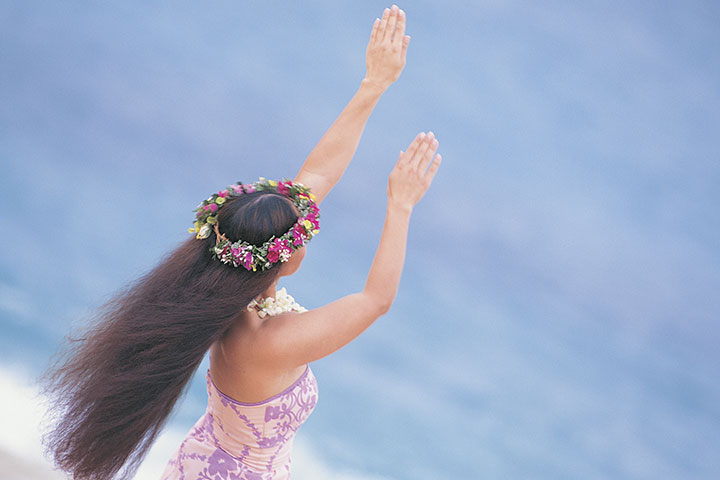
Long before statehood in 1959, the grass-skirted HULA dancer had emerged as the symbol of the islands.
Popularized by Hollywood, the ancient Hawaiian dance form was minimized, synthesized and brought to the screen by stars like Clara Bow, Shirley Temple and even Minnie Mouse.
However, Hollywood barely skimmed the surface. In its authentic form, hula is the most powerful expression of indigenous Hawaiian culture that exists.
The oli (chants) that give reason to the dance and music are the oral history of Hawai‘i’s native people. Passed down from one kumu hula (teacher) to another, the stories have survived Western contact, early missionary censure, U.S. takeover and statehood.
In Hawai‘i, there is no shortage of hula dancers. Hula halau (schools) attract dancers from both genders and all ethnic backgrounds. For the serious dancer, the training is rigorous and demands a long and intense commitment.
On Kaua‘i, you can see FREE HULA SHOWS at selected resorts and shopping centers. Auntie Bev and her halau appear Wednesdays at 12:15 p.m. in the HARBOR MALL in NAWILIWILI. COCONUT MARKETPLACE in KAPA‘A stages hula performances every Wednesday at 5 p.m. and Saturday at 1 p.m. The dancers are under the direction of kumu hula Leilani Rivera Bond.